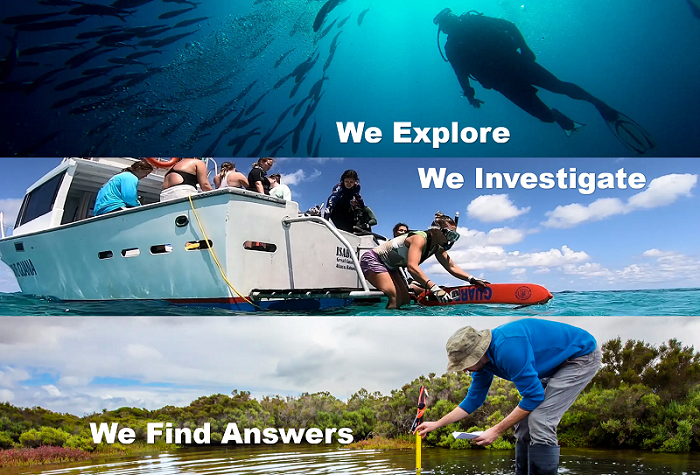Title
Seasonal and Spatial Effects of Wastewater Effluent on Growth, Survival, and Accumulation of Microbial Contaminants by Oysters in Mobile Bay, Alabama
Document Type
Article
Publication Title
Estuaries and Coasts; Springer
Abstract
We measured seasonal effects of wastewater treatment plant (WTP) effluent on growth, survival, and accumulation of microbes in oysters near a major WTP in Mobile Bay, AL. Despite higher nutrients near the WTP, seasonal conditions rather than distance affected chlorophyll a concentration and oyster growth. In summer and fall, when oyster growth was higher, δ15N‰ in oysters near the WTP changed through time to reflect δ15N‰ in effluent (approx. −4‰). Microbial indicators (male-specific coliphage, fecal coliforms) were highest in oysters near the WTP in all seasons and correlated with δ15N‰ in fall and summer. Increased riverine discharge and slower acquisition of δ15N‰ likely confounded correlations in winter/spring. Although we did not detect gross ecological effects of wastewater exposure for oysters, data indicated waste water derived particles entered the local food web and accumulated in oysters. These data highlight the importance of using multiple indicators of wastewater exposure and considering both seasonal and spatial effects when defining wastewater influence on a system or species.
First Page
121
Last Page
131
DOI
10.1007/s12237-011-9421-7
Publication Date
6-2011
Recommended Citation
Biancani, P. J., Carmichael, R. H., Daskin, J. H., Burkhardt, W., & Calci, K. R. (2012). Seasonal and spatial effects of wastewater effluent on growth, survival, and accumulation of microbial contaminants by oysters in Mobile Bay, Alabama. Estuaries and Coasts, 35(1), 121-131.


